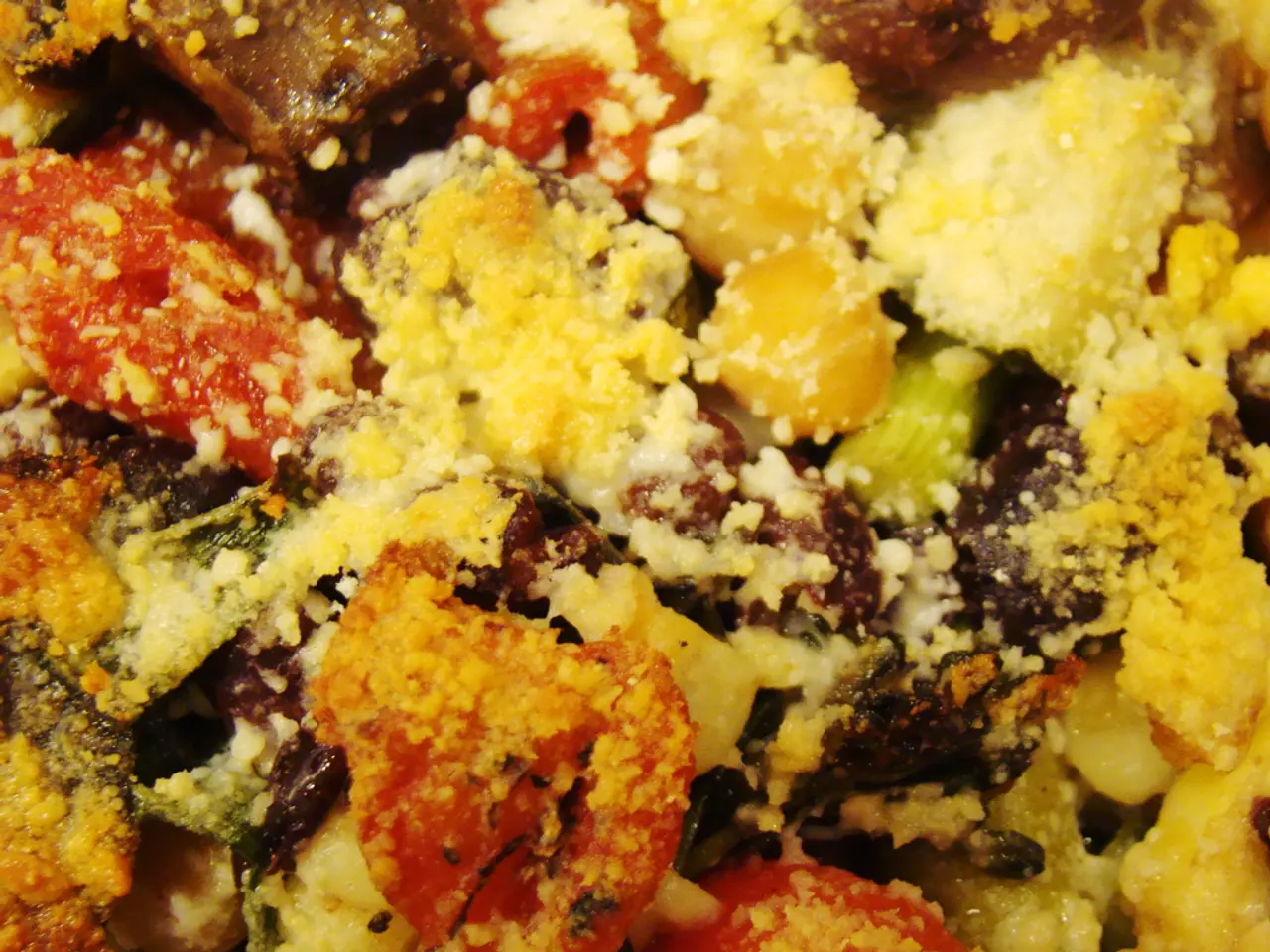Tracing the Origins of Contaminated Food Products
InvestigateTV delves into the complexities of America's food processing industry, a system characterised by its fragmented nature. This fragmentation stems from the diverse and dispersed supply chains, production types, and regulatory oversight.
Despite consolidation in certain sectors, such as big players dominating in preservatives or processed meats, the overall system is a mosaic of various producers, processors, distributors, and retailers, each focusing on different products or market segments.
This fragmentation is further exacerbated by factors such as the broad categories covered by the food industry, globally fragmented supply chains due to geopolitical factors, and varying labor and automation practices among processors.
The consequences of this fragmentation become apparent when attempting to trace the source of tainted food. The multiple and dispersed players in the supply chain make it challenging to pinpoint contamination to a single origin quickly. Food may pass through various processing stages and geographic locations across multiple companies before reaching consumers, complicating the traceback process.
Moreover, limited interoperability and standardization in tracking systems and record-keeping hinder rapid traceback. Automation and technology use vary widely among producers, leading to inconsistent data availability for tracing incidents. Regulatory fragmentation can also slow down coordinated investigations.
These complex, multi-layered supply chains pose significant challenges in efficiently and timely source-tracing of foodborne contamination. Enhanced automation, better data integration, and increased investment in local processing resiliency are trends that may improve traceability but also reflect the complexity of the current system.
Meanwhile, an 85-year-old woman's sailing journey serves as an inspiration for other women, demonstrating the power of resilience and determination. Her voyage, however, is not directly linked to the food contamination issues or the fragmented food processing system in America.
It's crucial to note that tracking down the source of food contamination isn't always straightforward, and tainted food sickens millions of people annually in the United States. The specific details of the woman's sailing journey are not mentioned, but her courage serves as a beacon of hope and motivation for many women pursuing their dreams.
References: [1] Food and Agriculture Organization of the United Nations (FAO), 2020. Global Food Safety Partnership. Retrieved from https://www.fao.org/3/ca7805en/ca7805en.pdf [2] United States Department of Agriculture (USDA), 2019. The Food Industry: An Overview. Retrieved from https://www.ers.usda.gov/topics/food-nutrition-assistance/food-markets-and-prices/food-industry-overview/ [3] National Academy of Sciences, Engineering, and Medicine (NASEM), 2019. The Future of Food and Agriculture: A Vision for 2050. Retrieved from https://www.nap.edu/read/25231/chapter/1 [4] Food Safety Tech, 2020. The Future of Food Safety: Technology, Automation, and Traceability. Retrieved from https://www.foodsafetytech.com/articles/the-future-of-food-safety-technology-automation-and-traceability/
Science and health-and-wellness intersect in the investigation of food contamination issues, a challenge compounded by the complex, fragmented nature of America's food processing industry. The lifestyle choices of consumers are also impacted, as they grapple with food safety concerns due to the difficulty in tracing the origin of tainted food items, often caused by the food industry's diverse and globally dispersed supply chains, varying labor and automation practices, and regulatory fragmentation. Furthermore, the food-and-drink sector, while experiencing trends like enhanced automation and better data integration to improve traceability, remains a complex, multi-layered system that poses significant challenges in source-tracing of foodborne contamination.




